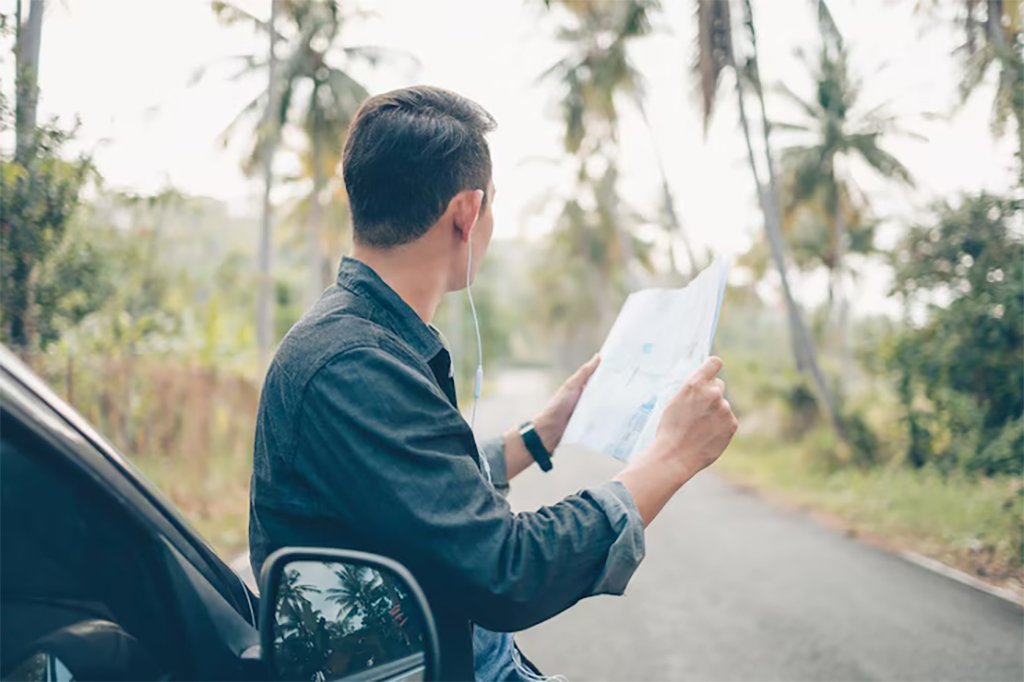Bali, Indonesia, is a tropical paradise renowned for its stunning beaches, vibrant culture, and lush landscapes. While the island offers a plethora of experiences, navigating its roads can be challenging for first-time visitors. Understanding local driving customs, road conditions, and transportation options is essential to ensure a safe and enjoyable journey.
1. Embrace the Left-Hand Driving System
In Bali, as in the rest of Indonesia, vehicles drive on the left side of the road. This might be unfamiliar to travelers from countries where right-hand driving is the norm. It’s crucial to stay alert and adjust your driving habits accordingly. For instance, when making turns or merging into traffic, always yield to vehicles approaching from the right.
Pro Tip: If you’re unfamiliar with left-hand driving, consider hiring a local driver or using ride-hailing services like Gojek or Grab.
2. Be Prepared for Traffic Congestion
Bali’s roads can become heavily congested, especially during peak tourist seasons and rush hours. Areas like Kuta, Seminyak, and Ubud often experience traffic jams, leading to delays. To minimize time spent in traffic, plan your travels during off-peak hours, such as early mornings or late evenings.
Pro Tip: Use navigation apps like Google Maps or Waze to check real-time traffic conditions and find the quickest routes.
3. Understand Local Road Etiquette
Driving in Bali requires patience and understanding of local road etiquette. Be prepared to encounter motorbikes weaving through traffic, pedestrians crossing unexpectedly, and vehicles stopping without warning. It’s common for drivers to use their horns to signal their presence, especially around blind corners.
Pro Tip: Maintain a safe following distance and stay alert to anticipate sudden stops or maneuvers by other road users.
4. Renting a Vehicle: Know the Requirements
If you plan to rent a vehicle in Bali, ensure you meet the necessary requirements. Foreign tourists are required to have an International Driving Permit (IDP) alongside their home country driver’s license. Without an IDP, you may face fines or legal issues if stopped by local authorities.
Pro Tip: Rent from reputable agencies and inspect the vehicle for any existing damage before taking it out.
5. Parking Can Be Challenging
Finding parking in Bali’s popular tourist areas can be difficult. Many establishments offer valet services, but it’s advisable to confirm availability in advance. In some areas, parking attendants may assist with parking and expect a small tip in return.
Pro Tip: Always park in designated areas and avoid leaving valuables in plain sight to prevent theft.
6. Be Cautious When Riding a Scooter
Scooters are a popular mode of transportation in Bali, offering flexibility and ease of access to remote areas. However, riding a scooter requires skill and caution. Always wear a helmet, even if it’s not legally required, and dress appropriately to protect yourself in case of an accident.
Pro Tip: If you’re not experienced with riding scooters, consider using ride-hailing services or hiring a local driver.
7. Respect Local Customs and Laws
Bali is a culturally rich region with deep-rooted traditions and customs. When visiting temples or participating in religious ceremonies, dress modestly by covering shoulders and knees. Avoid using flash photography in sacred sites and always ask for permission before taking photos of locals.
Pro Tip: Familiarize yourself with local customs and be respectful to ensure a positive experience for both you and the local community.










Join The Discussion